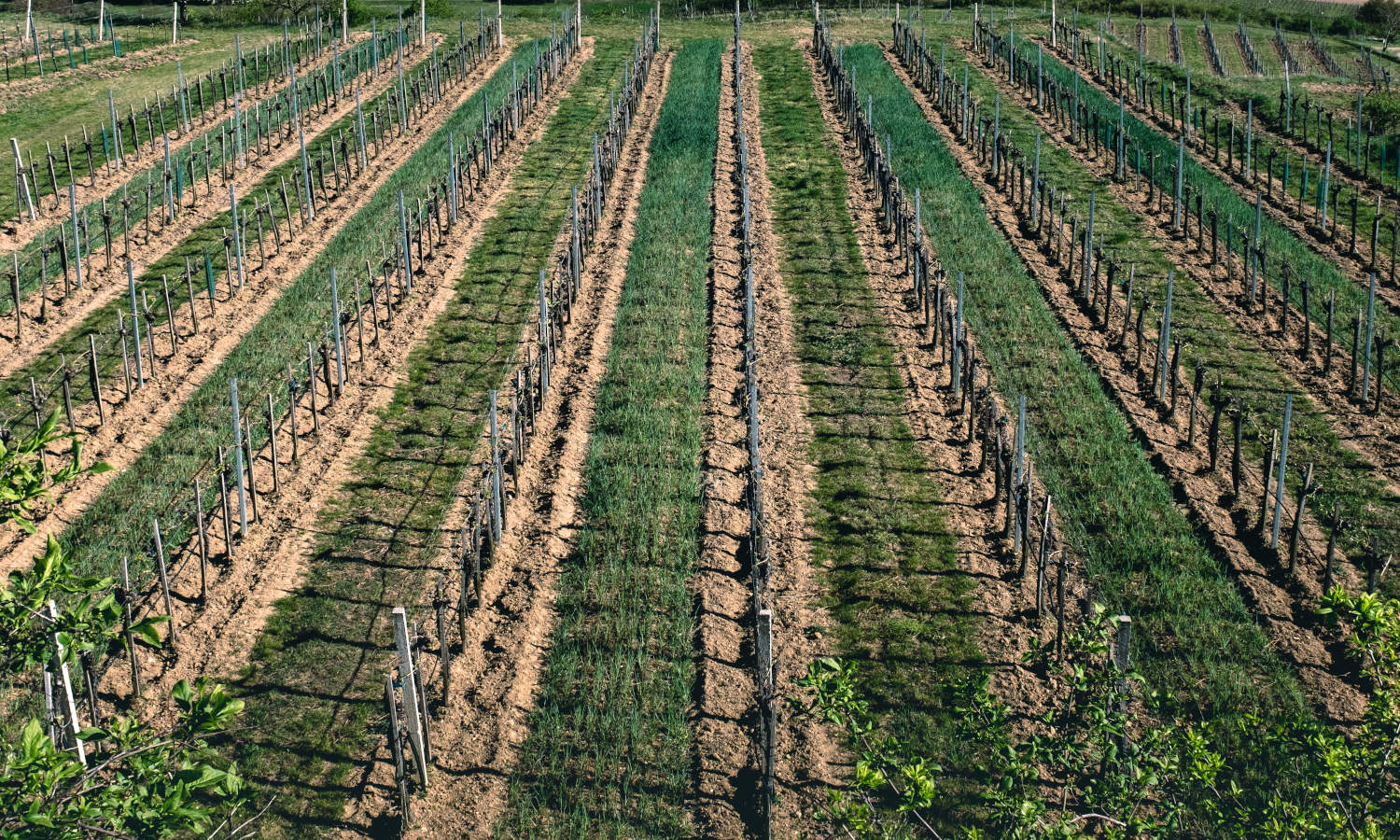In a new initiative, Canadian governments have invested over CAD$17.6 million into 690 projects that are working towards building a more robust, sustainable, and profitable Canadian agriculture sector.
The project, named the Canadian Agricultural Partnership (CAP), is a national, provincial, and territorial commitment to invest three billion Canadian dollars into Canada’s agriculture industry. Its key objectives include increasing market competitiveness and agricultural productivity, enhancing environmentally sustainable practices, expanding Canada’s agriculture market internationally, and improving risk management practices.
“The Canadian Agricultural Partnership sets the direction for the future of the sector to help it continue to innovate, grow and prosper, and position Canada as a leader in the global economy,” says Lawrence MacAulay, former Minister of Agriculture and Agri-Food.
Out of the three billion dollars, one billion will support federal programs and two billion will be distributed among Canada’s local governments. Allocating money to local governments allows its program leaders to administer grants to projects that meet the specific agricultural needs of their respective regions. Canadian farmers, entrepreneurs, researchers, and agriculture producers are eligible to apply for grants that they can spend on their agriculture projects based on their province of residency
Provincial governments have catalyzed many agriculture projects across Canada so far. The Ontario Soil and Crop Improvement Association (OSCIA)—Ontario’s CAP grant administrator—invested CAD$5.75 million dollars into the On-Farm Applied Research and Monitoring (ONFARM) Project, a research initiative studying soil health protection and management measures in Ontario. Likewise, Saskatchewan’s Agricultural Development Fund (ADF) has invested CAD$11 million dollars into 47 crop-related research projects with an objective to augment crop production up to 45 million metric tons.
CAP-funded cross-provincial projects such as the Wheat Cluster have also materialized. Run by wheat organizations from Saskatchewan, Alberta, and Manitoba, the wheat research group explores innovative ways to improve and sustain wheat production in eastern and Western Canada.
While some provincial governments like Saskatchewan’s and Alberta’s directly distribute grants through their own programs, others elect a third-party agent to deliver them. The Investment Agriculture Foundation (IAF) of British Columbia (BC), for example, is a third-party organization that administers CAP funds in BC.
“IAF’s vision is for a vibrant and progressive agriculture and agri-food sector for BC that is sustainable and growing,” says Sarah Rostami, Senior Communications Officer of the IAF. “We work closely with our industry partners to ensure our local BC food system remains strong, resilient, and productive.”
The IAF runs two main programs: The Canada-BC-Agri-Innovation Program (CBCAIP) and the BC Agrifood & Seafood Market Development Program. These programs are designed to support agricultural entrepreneurship and to fund marketing efforts for BC’s agri-food producers, processors, cooperatives, and associations.
“To date we have delivered programs related to agricultural research, biosecurity, rural and indigenous agriculture, agricultural innovation, marketing, and retail,” Rostami states.
Some projects that received IAFBC investments include pesticide-free technology and automated honey extraction systems. “Many of the projects we approve have the potential to transform an entire sector,” Rostami states.
While Rostami tells Food Tank that there are benefits for using a third-party agent such as increases in application efficiencies and community-informed decision making, challenges persist as well.
The bureaucracy of funding allocation creates some difficulties, according to Rostami. Information and funding gaps within the government may disrupt grant administration efforts and drawn-out government negotiations and agreements result in delays in program implementation and funding delivery, she says. And because IAF serves as the face of these programs, the burden of criticism due to external logistical complexities lands on the organization itself.
Rostami also tells Food Tank that since programs are tethered to government fiscal years, there is an immense amount of pressure for projects to be completed by March 31st annually. The modification of programs becomes difficult as well since their parameters have been predetermined since the CAP’s launch date. Applicants have also expressed difficulty due to the amount of paperwork grant applications require.
Regardless of the technical and administrative challenges that third-parties and applicants face, Canada still expects to be the front runner in the global agricultural arena; anticipating its agriculture sector to be “the most modern, sustainable and prosperous sector in the world.”
“We’re confident that results can potentially benefit industry interests across Canada,” says Rostami.















